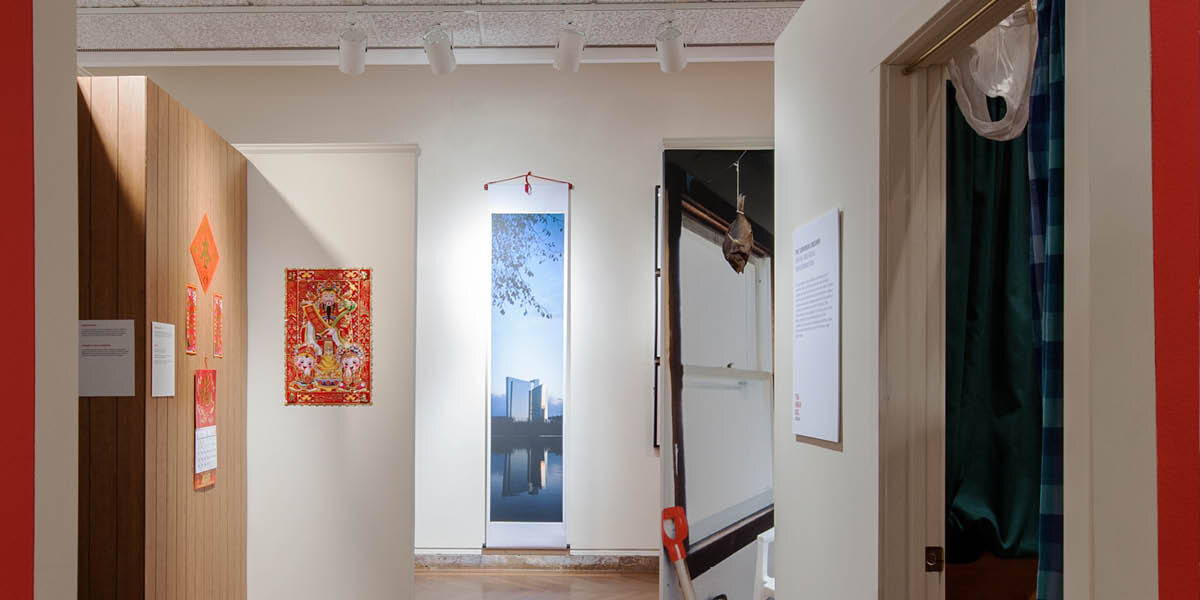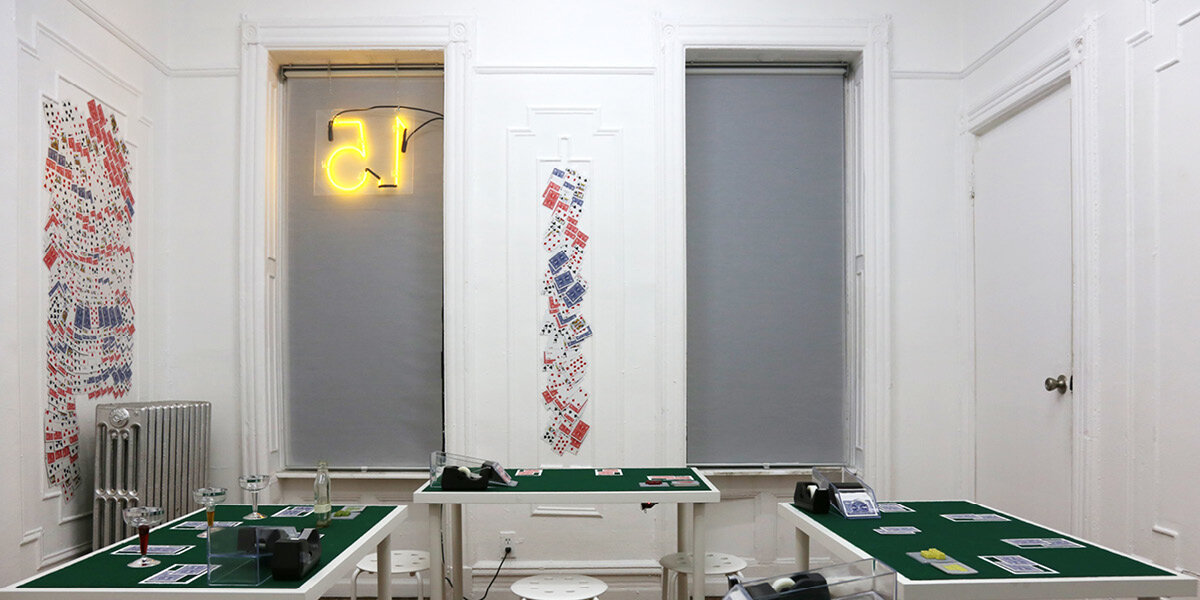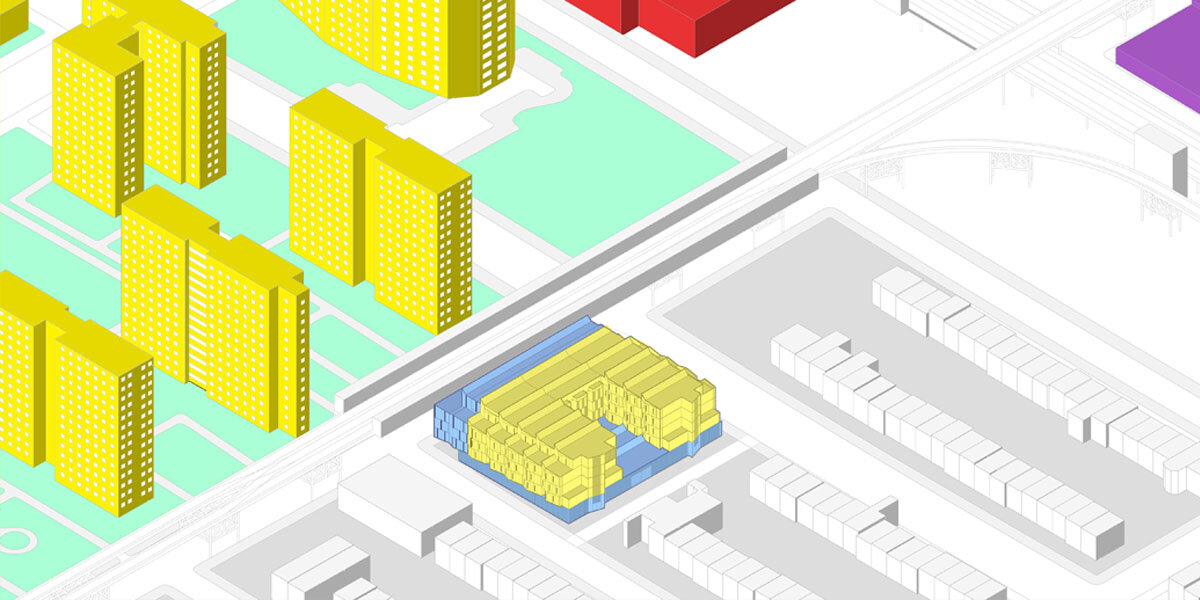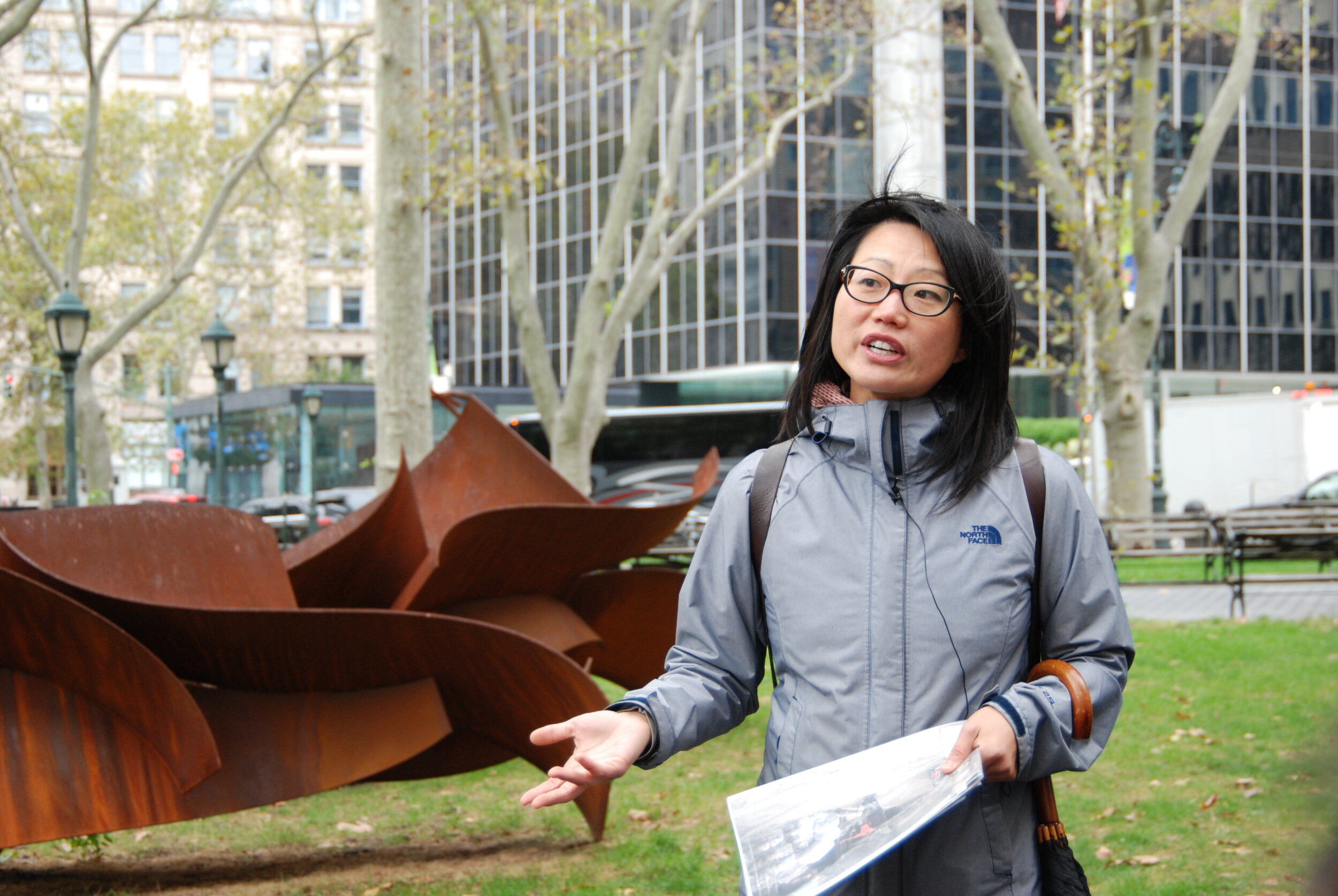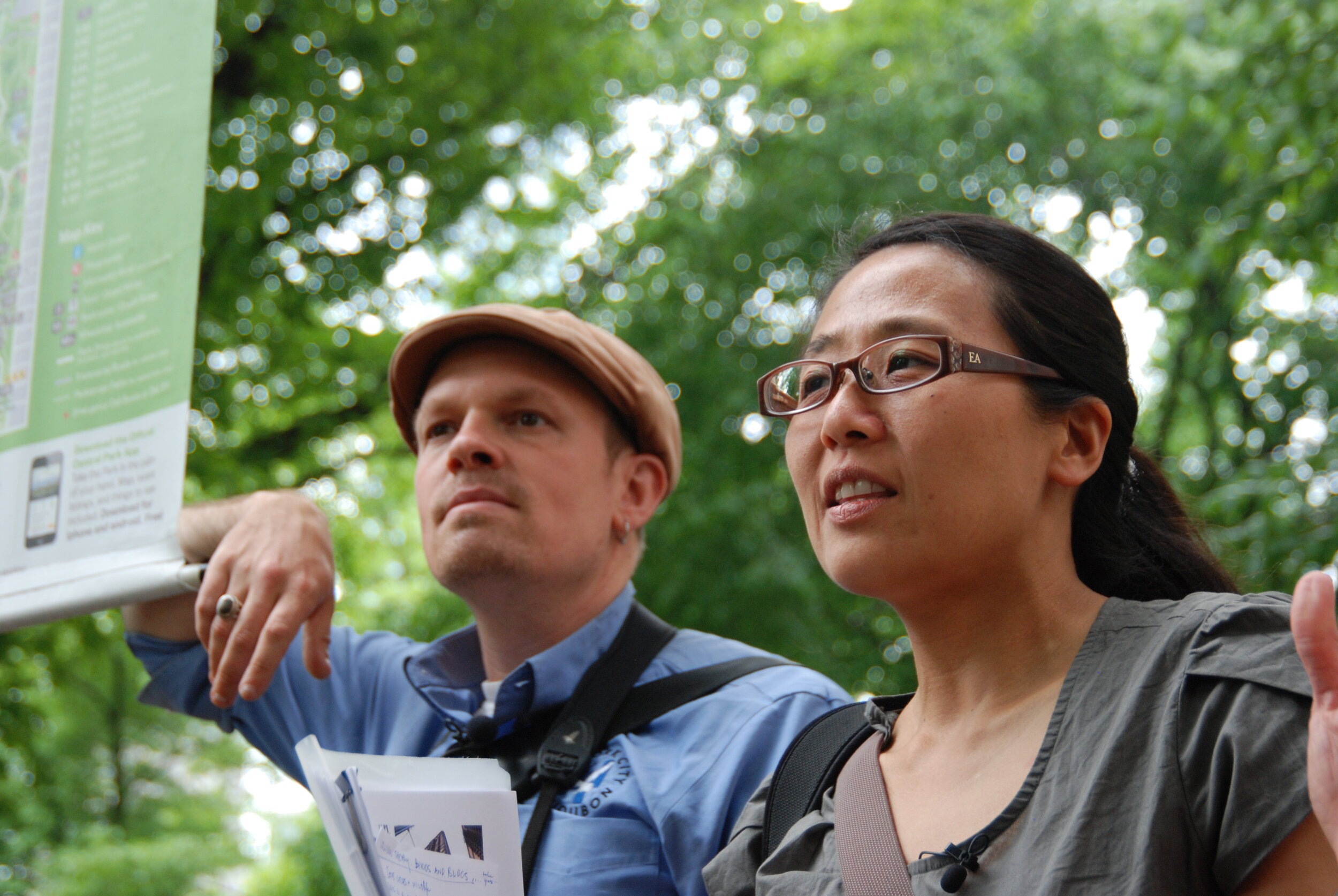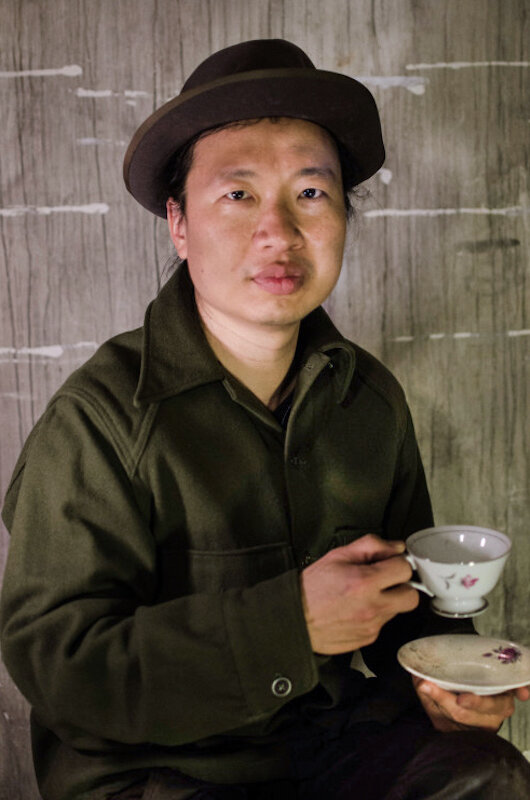Stephen Fan
Stephen Fan is one of four artists who have participated in City as Living Laboratory’s Chinatown Project to engage residents in the sustainability issues that affect them every day. Fan is a designer and researcher working at the intersections of architecture, planning, and art. Collaborating with economic botanist Valerie Imbruce (author of From Farm to Canal Street, Chinatown's Alternative Food Network in the Global Marketplace) to map the Manhattan Chinatown food systems' impacts on the hinterlands and on the urban realm: namely street and sidewalk congestion, and equitable and sustainable uses of the public realm. The project, titled “Designing Food Awareness In Chinatown” is designed to help residents understand the food system in Chinatown and imagine the possible outlook of the neighborhood by creating a series of compelling virtual and physical tools.
In 2019 Fan and Imbruce led a CALL/WALK titled “Mapping Chinatown's Food System,” through Manhattan's Chinatown, in which farms growing specialty fruits and vegetables are integrated with street level sidewalk vendors and shops by wholesale brokers. In 2020 Fan led a virtual workshop that explored the street life of lower manhattan’s Chinatown.
Fan’s work has been featured in the Architectural Record, the Atlantic's City Lab, Buildings and Landscapes, JSAH, Metropolis, Next City, The New York Times, The New Yorker, Shinkenchiku, and the World Journal. He is the curator and editor of SubUrbanisms: Casino Urbanization, Chinatowns and the Contested American Landscape, and has published research domestically and internationally. Recognized for his contributions to architecture and planning, he is a fellow of the Urban Design Forum, and served on the board of the Vernacular Architecture Forum, New England Chapter.
CALL/CHINATOWN: Mapping Chinatown's Food System
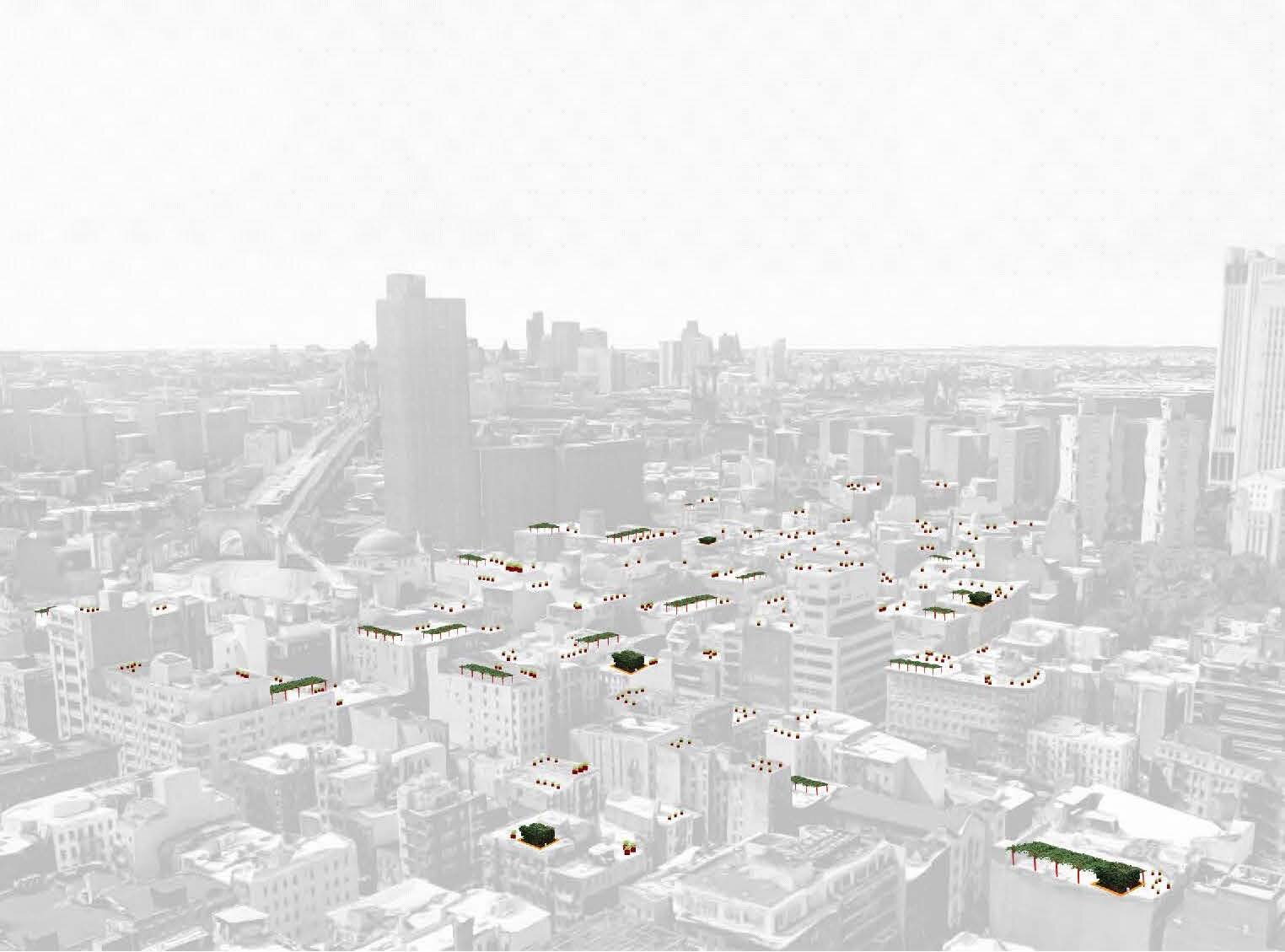
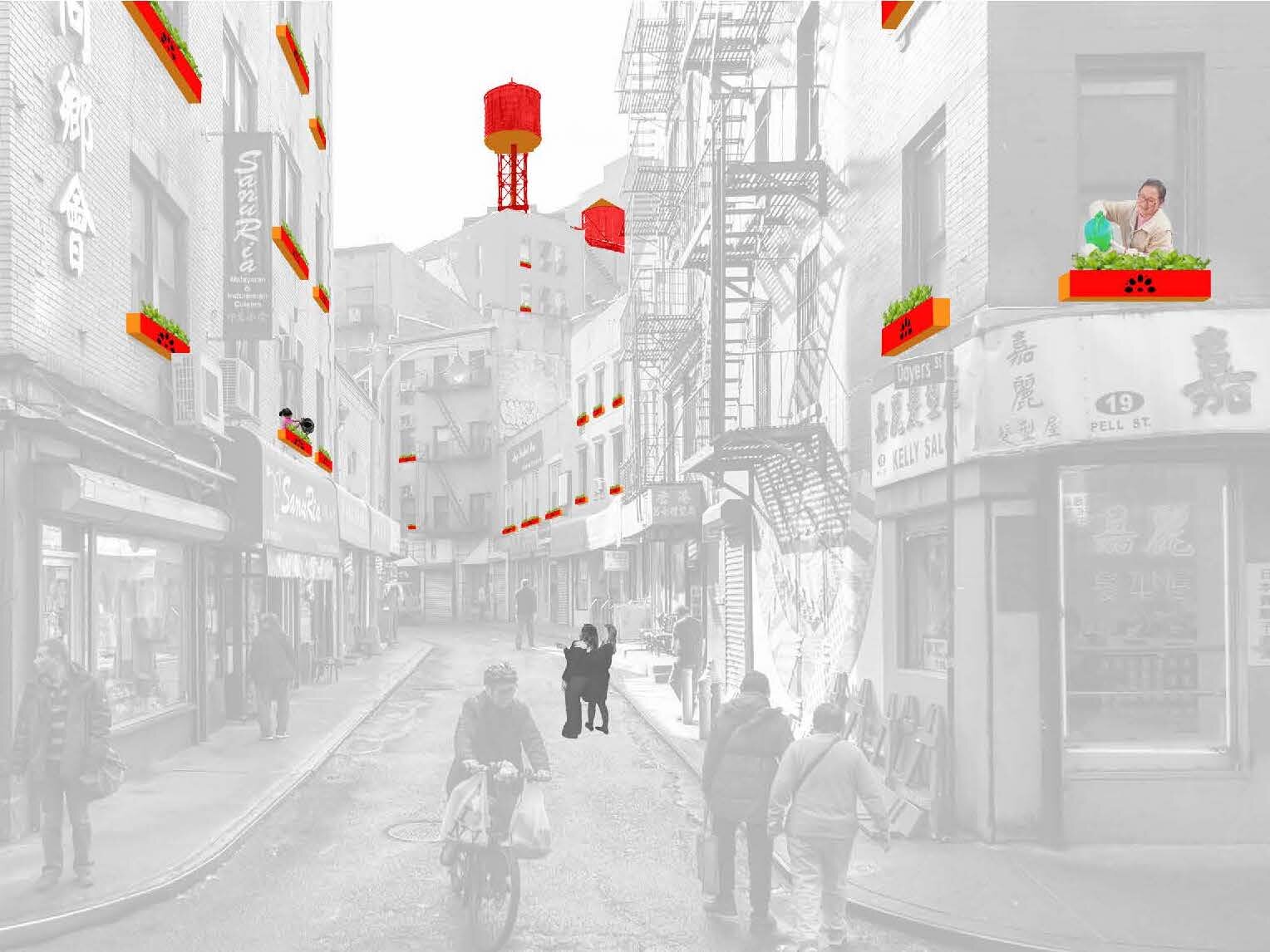
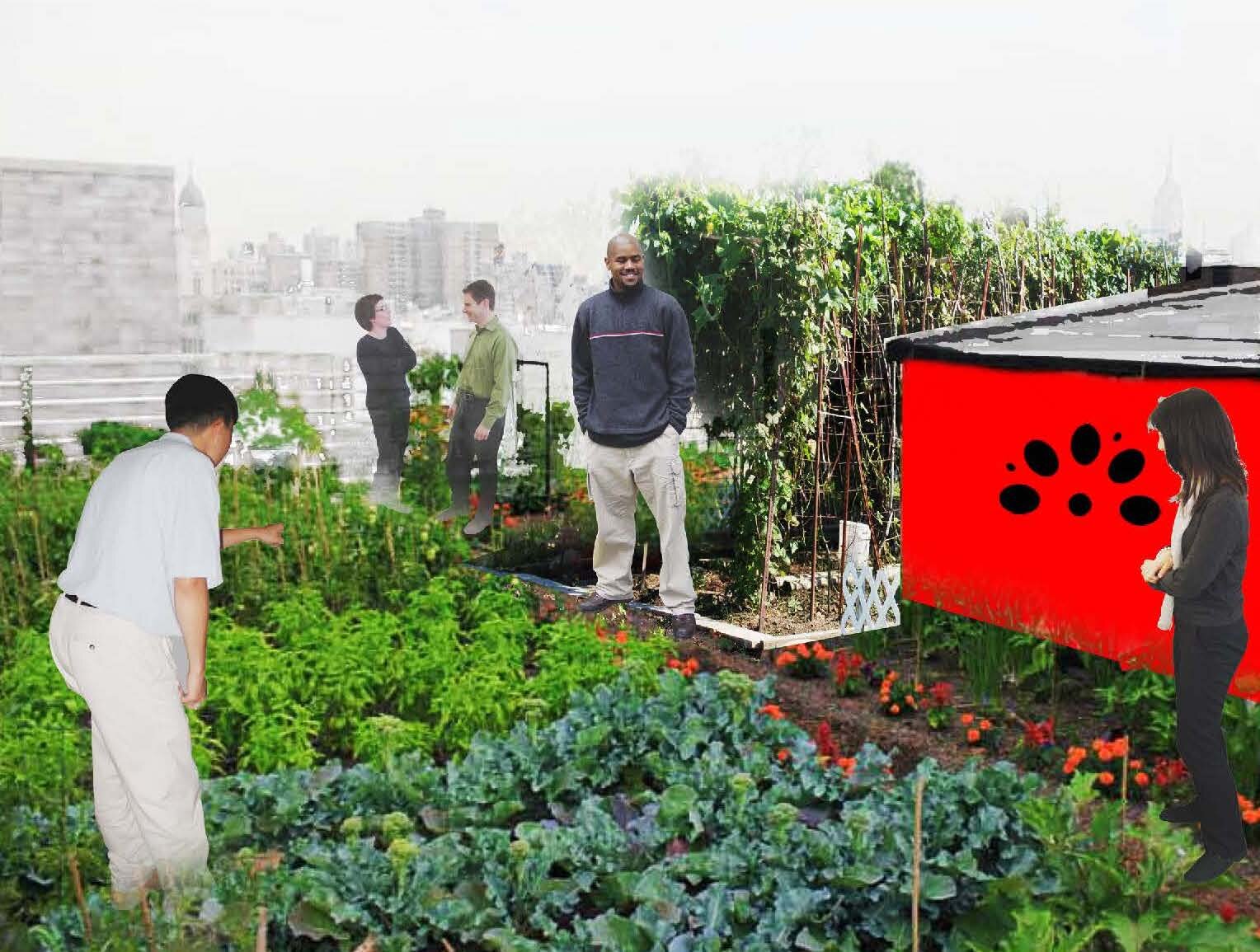
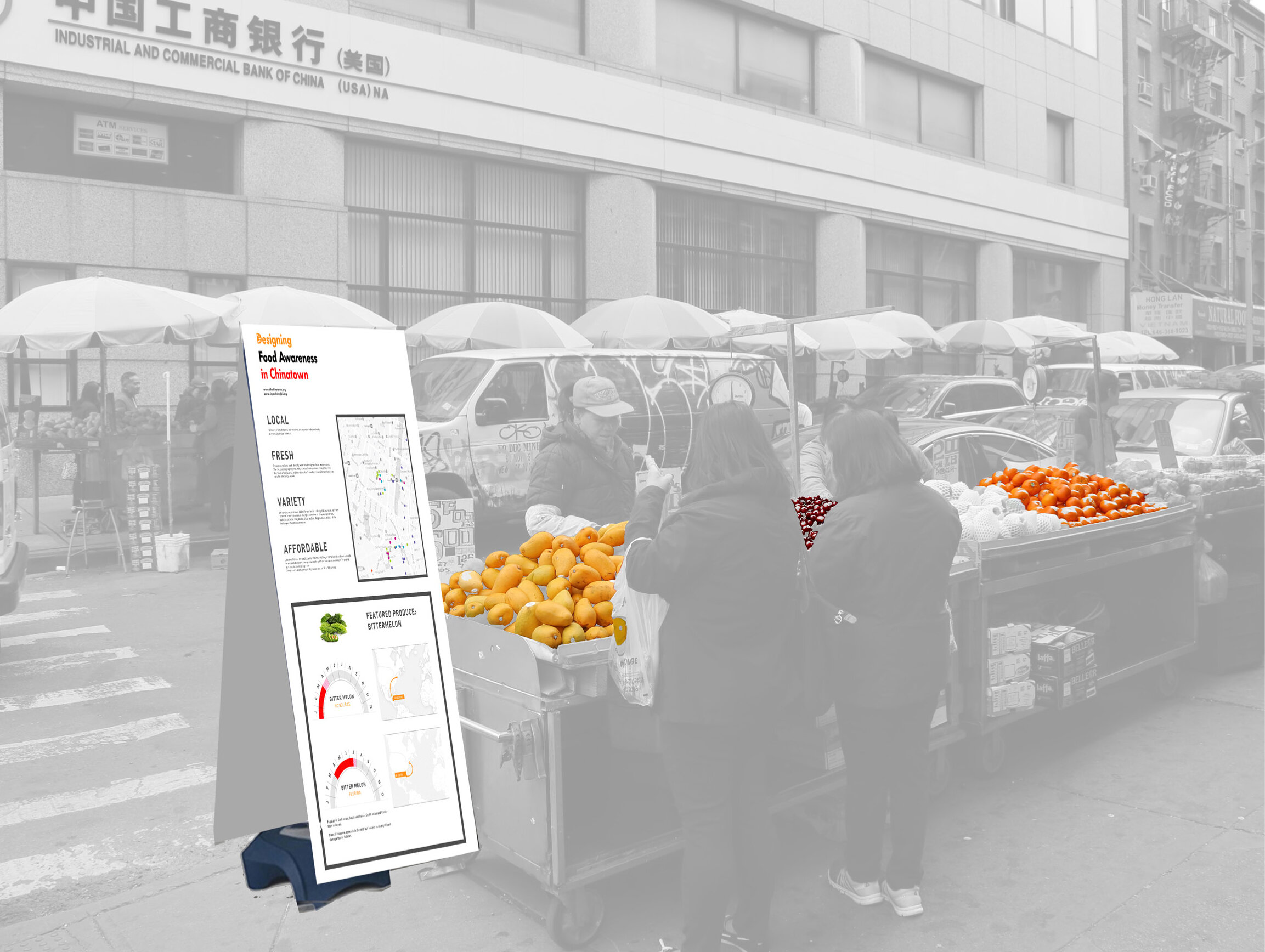
Chinatown, located in lower Manhattan, has a unique and multi-ethnic streetscape filled with food vendors where one can find exclusive varieties of fruits and vegetables that could not be found elsewhere. Invited by Mary Miss / City as Living Laboratory, Stephan Fan collaborated with economic botanist Valerie Imbruce to initiated the project Designing Food Awareness In Chinatown. It is a project designed to help its citizens understand the food system in Chinatown and imagine the possible outlook of the neighborhood by creating a series of compelling virtual and physical tools.
The overall objectives of this project is to support and promote Chinatown food business, provide visual tools to engage the public to facilitate the understanding of Chinatown food system and its significance, inspire a collective artistic expression of incremental transformation, and foster public dialogues regarding cultural and biological diversity in consumption choices and the food system as a whole.
We will achieve the aforementioned objectives by addressing Chinatown food system’s impact on the environment, food quality, rural to urban connections, quality of life, resilient infrastructure, economic and social sustainability, and the synergy of efforts by the Chinatown residents to help foster the city’s greenery.
This project is part of CALL // CHINATOWN, a larger initiative of artist and scientist led collaborations that delve into the ecological, and cultural landscape of Chinatown.
CALL/WALK: Mapping Chinatown's Food System — 2019
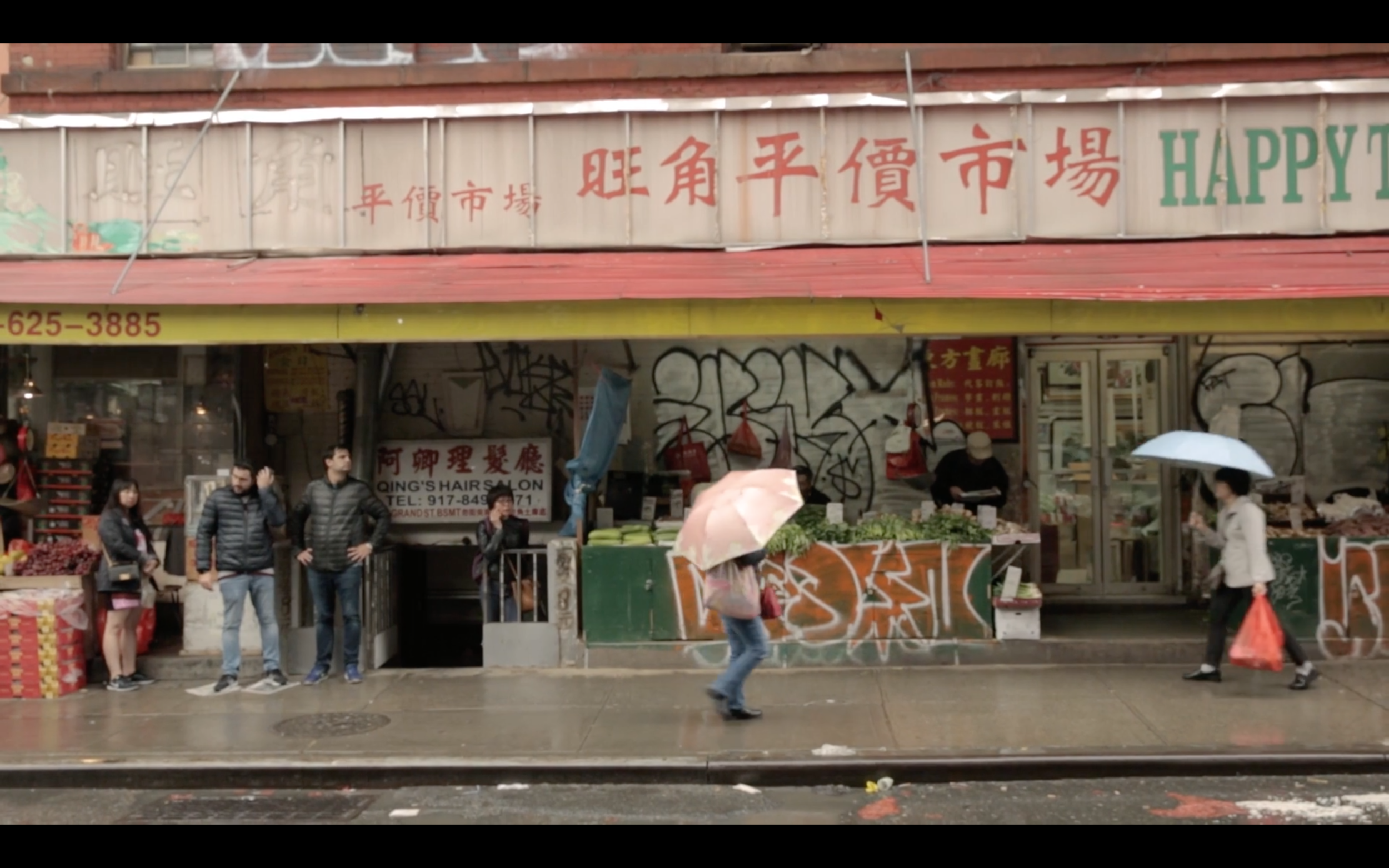
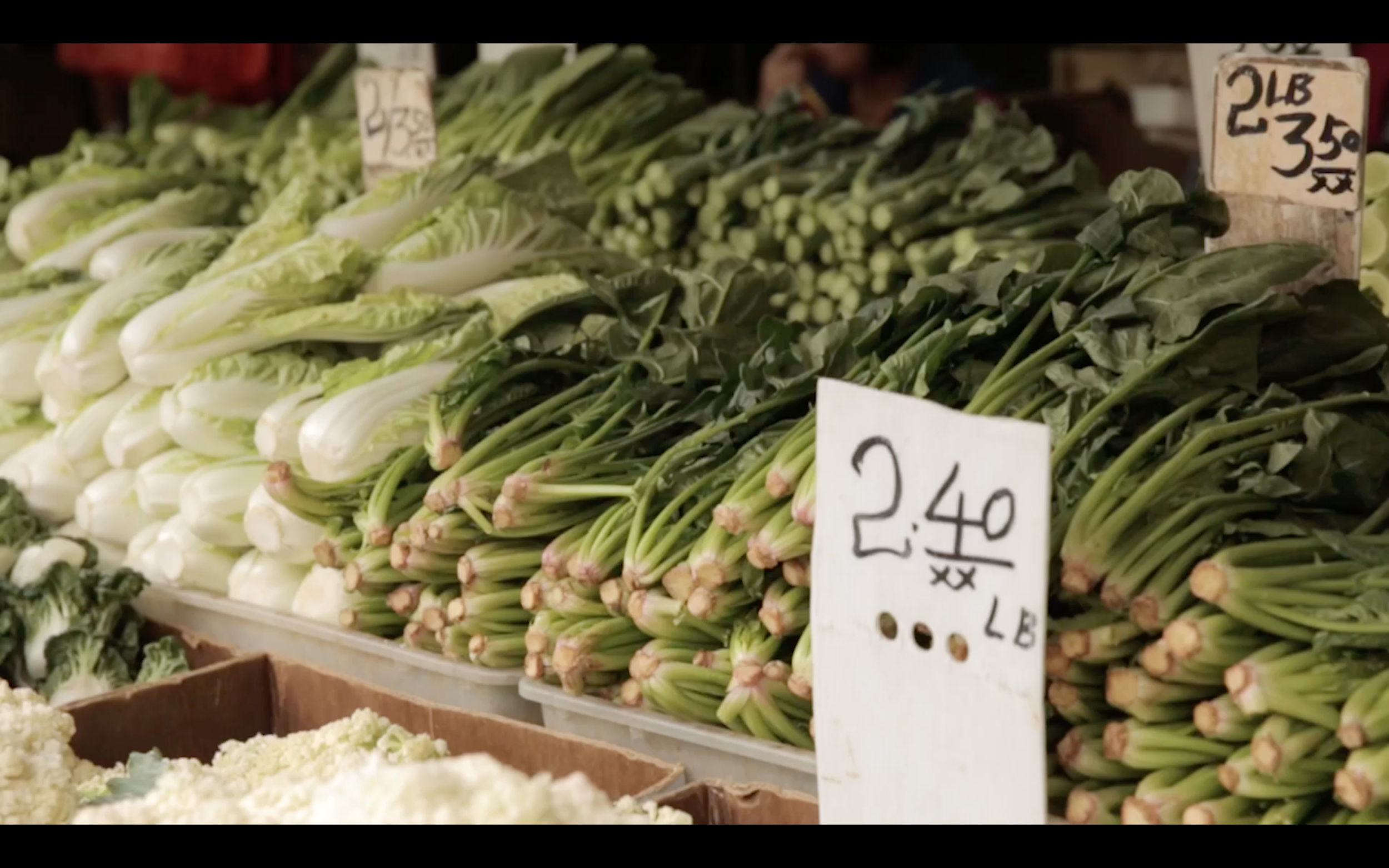

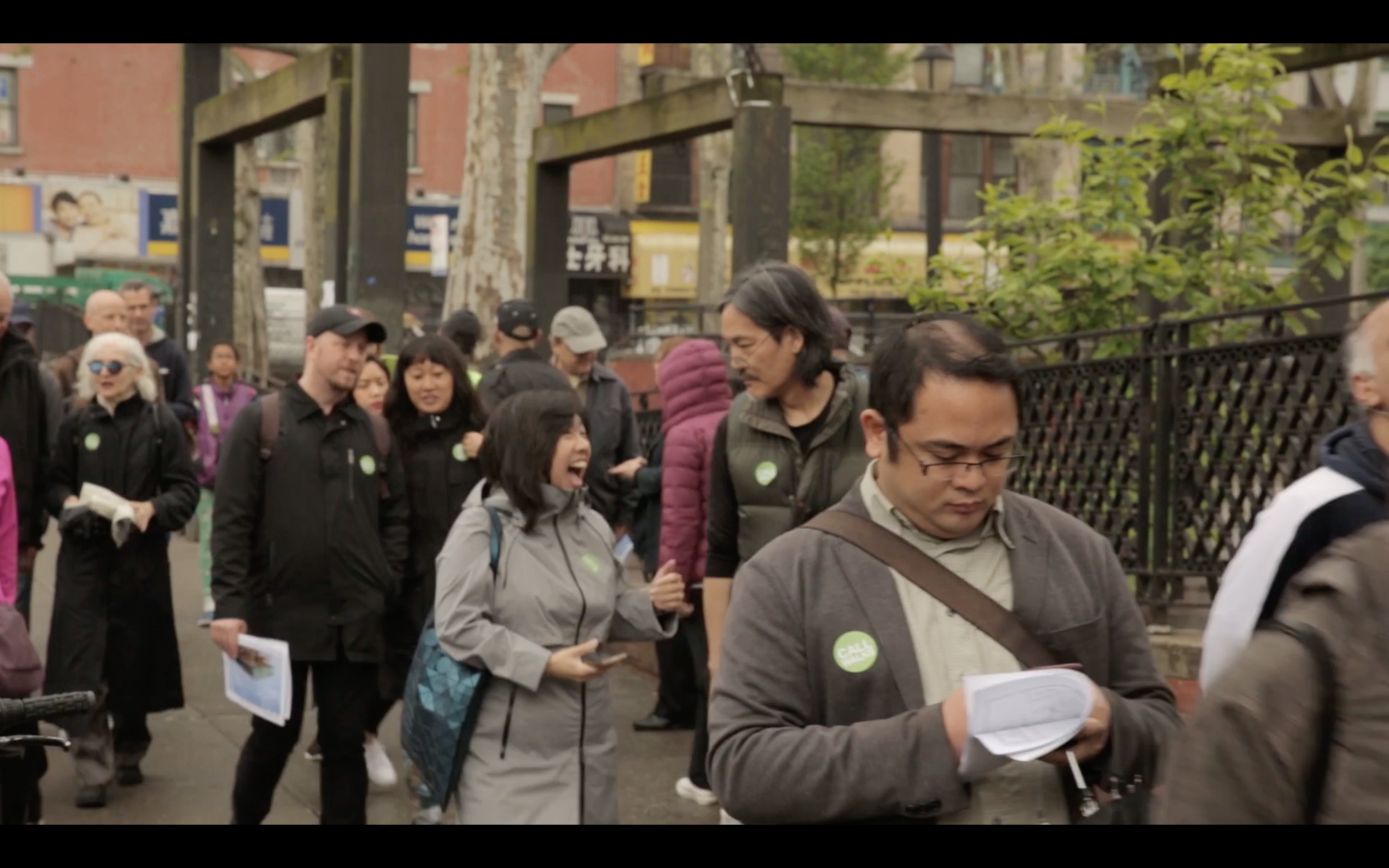
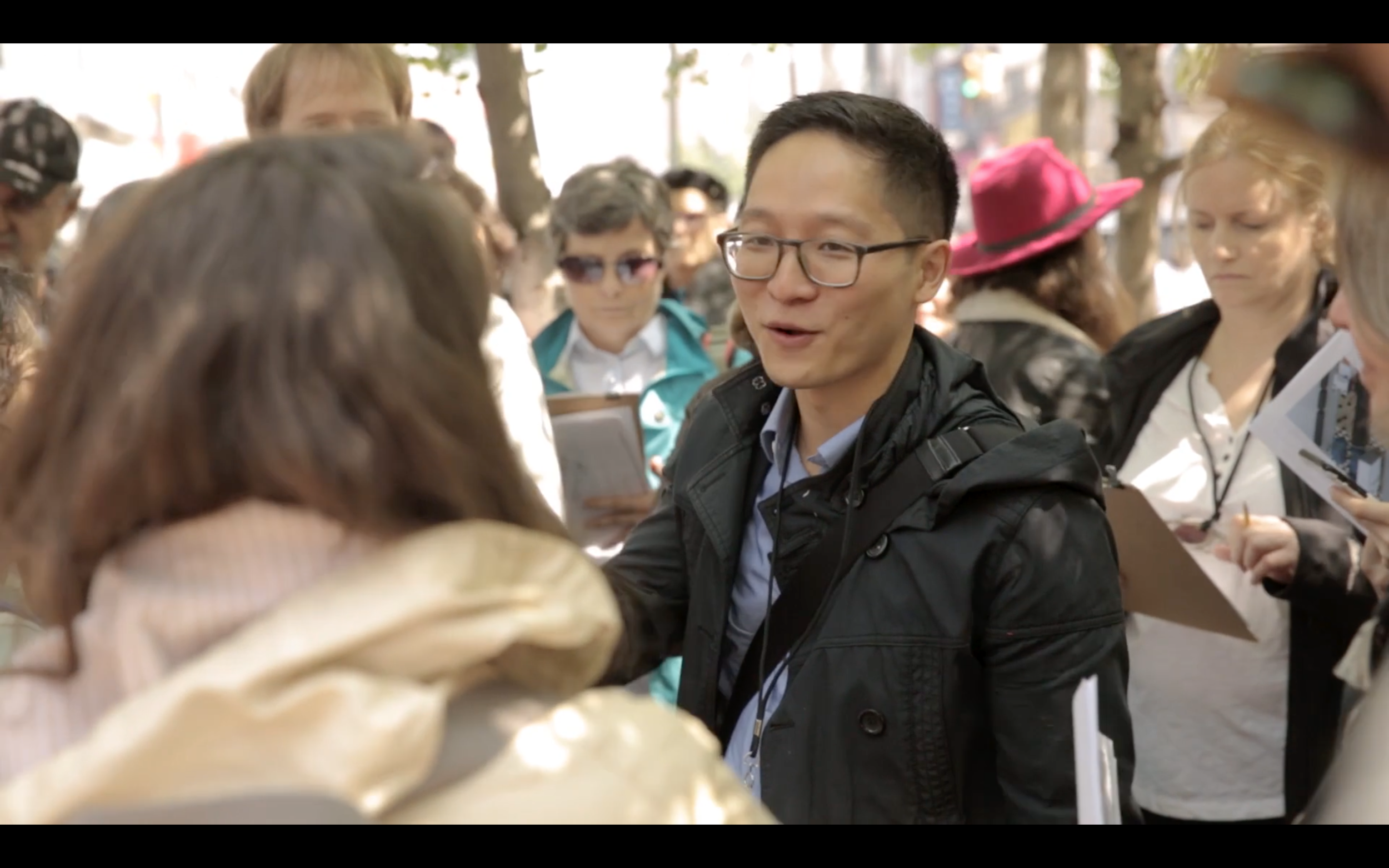
Urbanist Stephen Fan and Economic Botanist Valerie Imbruce led CALL / WALK participants on a walk through Chinatown’s unique and robust food system, in which farms growing specialty fruits and vegetables are integrated with street level sidewalk vendors and shops by wholesale brokers. The walk began across from the Grand Street subway station, one of the major neighborhood entries for food shoppers from across the city, traced the main commercial thoroughfares of the historic Cantonese section of Chinatown westward along Grand St, southward along Mott, and ended at the Canal Street triangle.
The walk focused on two aspects of interrogating the equitable and sustainable use of space, exploring the distribution networks and farms that supply Chinatown and the impacts on the urban realm. The walk was designed to paint a picture of a “food system” from production, to distribution and consumption, to show that Chinatown is not an isolated ethnic enclave, but is embedded in other geographies and subject to a myriad of social, economic and political processes.
This walk is a part of CALL/WALKS, an ongoing series of artist and scientist led public walks diving deep into urgent, local environmental concerns and innovative ideas to overcome them. This particular walk connects to CALL’s larger initiative in the CALL / CHINATOWN.



